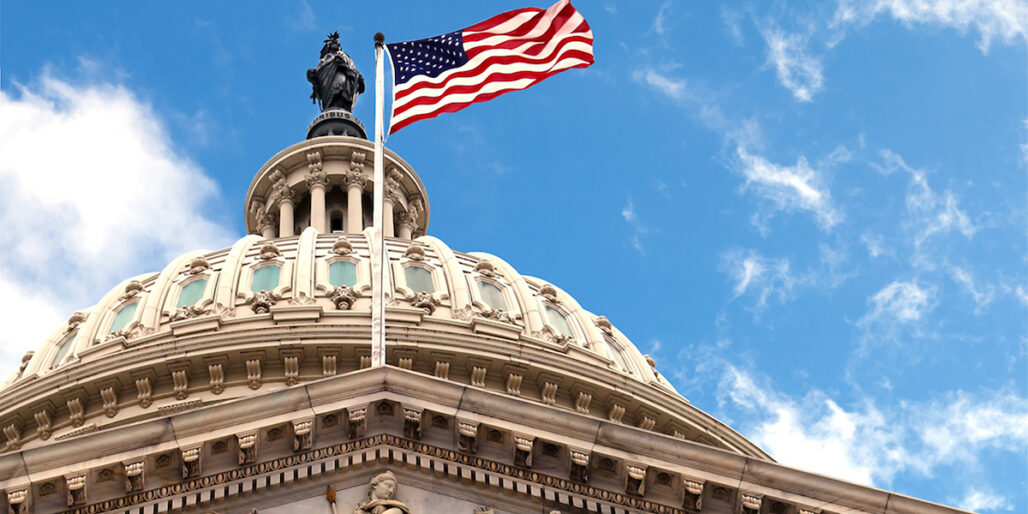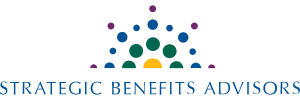Already during this legislative session, lawmakers have introduced three bills — two in the Senate and one in the House — designed to reform America’s complex retirement saving system. Of these, H.R. 2954, the ‘Securing a Strong Retirement Act of 2021,’ has advanced the farthest. Intended to build on the SECURE Act of 2019 , this so-called ‘SECURE Act 2.0’ contains 45 provisions that would simplify and expand access to retirement savings. Published analysis of the SECURE Act 2.0 has mainly focused on provisions pertaining to automatic 401(k) enrollment, required minimum distributions, catch-up contributions and student loans. This article instead focuses on some of the bill’s less-talked-about provisions that could nonetheless have a significant impact on plan compliance.

